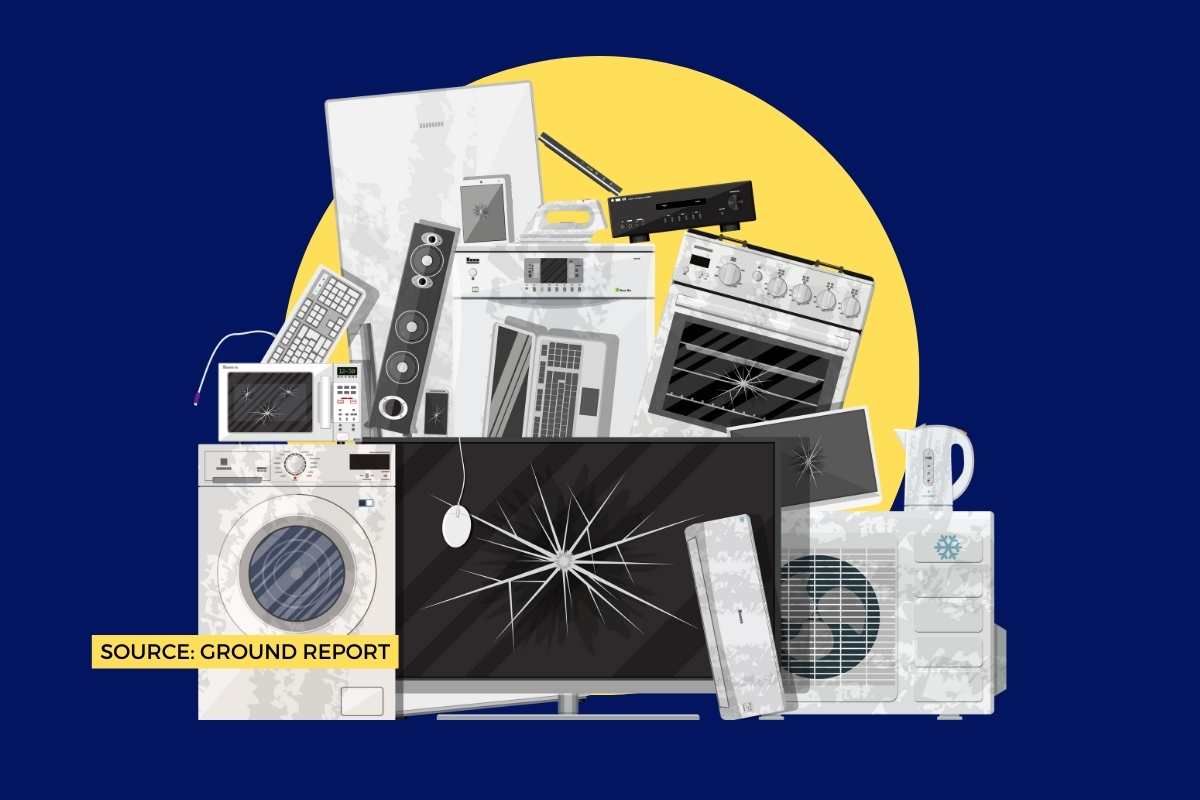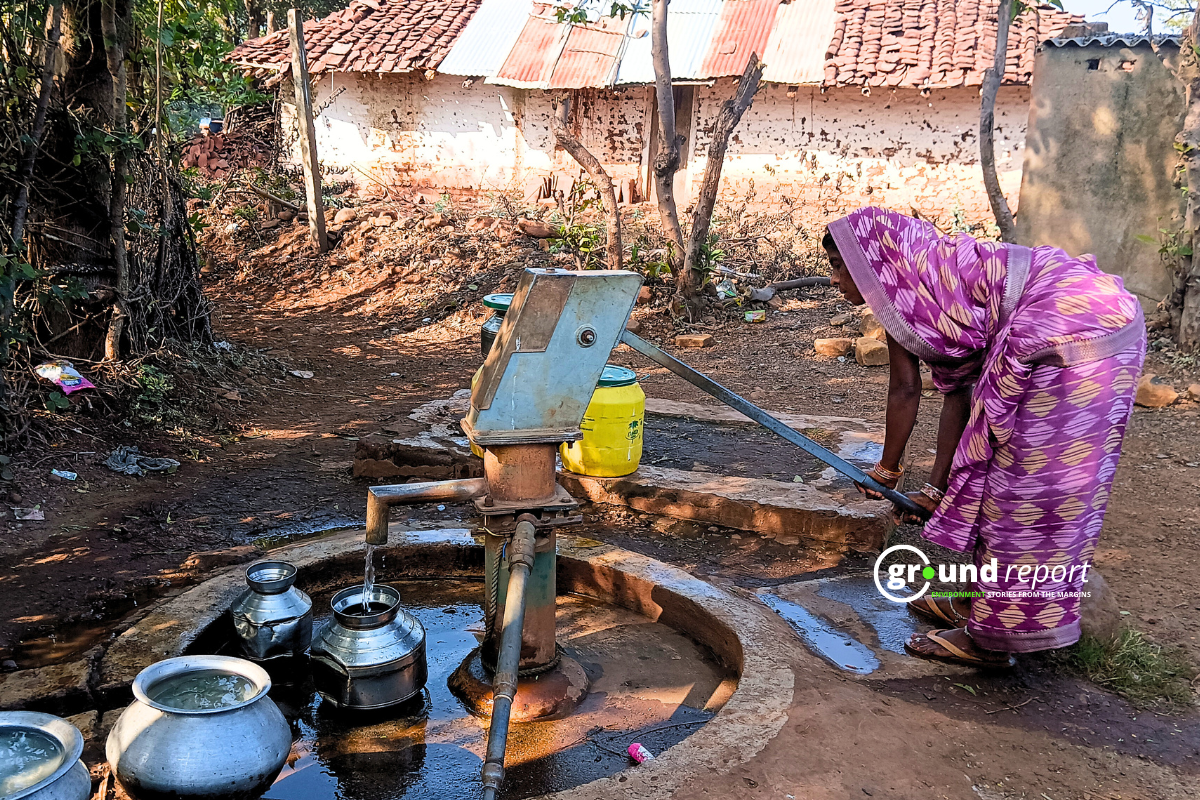India is heavily reliant on lithium imports, with over 90% of its lithium requirements being met through imports. According to government data from the Ministry of Commerce and Industries, between April-December of 2022-23, India spent Rs. 163 billion on the import of lithium and lithium-ion.
This heavy reliance on imports is a major concern for India, as it makes the country vulnerable to supply disruptions and price shocks. Lithium is a key component of lithium-ion batteries, which are used in electric vehicles (EVs), solar panels, and other energy storage devices.
In recent years, India has been taking steps to reduce its reliance on lithium imports. The government has identified lithium reserves in several states, including Jammu and Kashmir, Karnataka, and Jharkhand. The government is also encouraging investment in lithium mining and processing.
However, it will take several years for India to develop its own domestic lithium industry. In the meantime, the country will continue to rely on imports to meet its lithium needs.
India’s 2023 lithium import cost?
In FY23, India imported four critical minerals – lithium (apart from lithium ion), cobalt, nickel, and copper – valued at around ₹34,800 crore, and relied on these minerals anywhere between 93 per cent and 100 per cent.
The country imported the highest amount of copper ore and concentrate, amounting to around ₹27,400 crore and nearly 11,78,920 tonnes of the mineral last fiscal. As per Union Minister of Mines, Pralhad Joshi’s response in Parliament, the country relied on imports for 93 per cent of its copper needs.
- Lithium ore: Around Rs 732 crore, including lithium oxides and lithium carbonates. Around 2144 tonnes were imported.
- Primary lithium batteries: 665.4 lakh units worth $20.64 million
India imported the second most item, unwrought nickel (which is not in a finished or processed form), worth ₹6,550 crore and nearly 32,300 tonnes of the mineral. The country relies 100 per cent on imports in this segment.
| Year | 2018-19 | 2019-20 | 2020-21 | |||
| Quantity | Value | Quantity | Value | Quantity | Value | |
| Lithium(HS Code: 85065000) | 85,224 | 202 | 72,376 | 147 | 71,392 | 173 |
| Lithium-ion(HS Code: 85076000) | 6,27,353 | 8,574 | 5,39,428 | 8,819 | 5,16,733 | 8,811 |
India is the world’s largest importer of lithium. In 2021-22, India imported $22.15 million worth of lithium. The top three sources were Hong Kong, China, and the United States.
The country imports most of its lithium from China, Japan, and the United States. In 2020-21, India imported lithium worth more than ₹6,000 crore. Of this, more than ₹3,500 crore-worth of lithium was bought from China
Impact of India’s Lithium import on economy
India’s heavy reliance on lithium imports has a number of negative consequences for the economy. First, it makes the country vulnerable to supply disruptions and price shocks. For example, if there is a major disruption to lithium supplies from China, it could have a significant impact on Indian industries that rely on lithium, such as the EV and solar industries.
Second, India’s lithium imports contribute to its trade deficit. In 2022-23, India’s trade deficit was over 19 billion dollars. Reducing India’s reliance on lithium imports could help to reduce the trade deficit.
Third, India’s lithium imports make the country less competitive in the global market. For example, Chinese EV manufacturers have an advantage over Indian EV manufacturers because they have access to cheaper lithium.
India imports 53.76% of its total lithium imports from China. Historically, India had little to no domestic lithium industry. It was reliant on imports from Hong Kong and China.
The Geological Survey of India announced in February that it had found roughly 5.9 million tonnes of lithium in the Reasi district of Jammu and Kashmir.
Country-wise import of Lithium
| 2018-19 | 2019-20 | 2020-21 | ||||||
| Country | Quantity %Share Country | Quantity | %Share Country | Quantity | %Share | |||
| Hong Kong | 47,248 | 55.44 | Hong Kong | 38,547 | 53.26 | Hong Kong | 26,641 | 37.32 |
| China | 16,868 | 19.79 | China | 14,988 | 20.71 | China | 22,881 | 32.05 |
| Indonesia | 11,276 | 13.23 | Indonesia | 9,063 | 12.52 | Indonesia | 6,689 | 9.37 |
| Singapore | 4,929 | 5.78 | Singapore | 5,077 | 7.02 | Singapore | 5,849 | 8.19 |
| Korea RP | 3,257 | 3.82 | Korea RP | 2,780 | 3.84 | Japan | 5,090 | 7.13 |
| Japan | 1,134 | 1.33 | Japan | 1,512 | 2.09 | Korea RP | 3,180 | 4.45 |
| Israel | 186 | 0.22 | Israel | 144 | 0.20 | Thailand | 337 | 0.47 |
| USA | 84 | 0.10 | USA | 85 | 0.12 | Germany | 243 | 0.34 |
| Malaysia | 70 | 0.08 | Germany | 72 | 0.10 | USA | 155 | 0.22 |
| Taiwan | 42 | 0.05 | Taiwan | 61 | 0.08 | Israel | 126 | 0.18 |
| Others (26 Countries) | 130 | 0.15 | Others (25Countries) | 48 | 0.07 | Others (23 Countries) | 202 | 0.28 |
| Total | 85,224 | 100 | Total | 72,376 | 100 | Total | 71,392 | 100 |
Country-wise import of Lithium-ion
| 2018-19 | 2019-20 | 2020-21 | ||||||
| Country | Quantity %Share | Country | Quantity | %Share | Country | Quantity | %Share | |
| China | 5,08,415 | 81.04 | China | 3,67,717 | 68.17 | China | 3,75,831 | 72.73 |
| Hong Kong | 94,750 | 15.10 | Hong Kong | 1,37,473 | 25.48 | Hong Kong | 1,21,335 | 23.48 |
| Vietnam | 19,378 | 3.09 | Vietnam | 19,797 | 3.67 | Vietnam | 12,852 | 2.49 |
| Malaysia | 1,722 | 0.27 | Malaysia | 4,260 | 0.79 | Malaysia | 1,769 | 0.34 |
| Korea RP | 1,192 | 0.19 | Korea RP | 2,823 | 0.52 | Singapore | 1,708 | 0.33 |
| USA | 361 | 0.06 | Singapore | 2,779 | 0.52 | Korea RP | 1,405 | 0.27 |
| Taiwan | 359 | 0.06 | Thailand | 1,484 | 0.28 | Japan | 551 | 0.11 |
| Singapore | 296 | 0.05 | Indonesia | 1,090 | 0.20 | U S A | 389 | 0.08 |
| Sri Lanka | 211 | 0.03 | Japan | 895 | 0.17 | Indonesia | 349 | 0.07 |
| UAE | 185 | 0.03 | Taiwan | 528 | 0.10 | Taiwan | 195 | 0.04 |
| Others (35 Countries) | 483 | 0.08 | Others (29 Countries) | 583 | 0.11 | Others (30 Countries) | 350 | 0.07 |
| Total | 6,27,353 | 100 | Total | 5,39,427 | 100 | Total | 5,16,733 | 100 |
Govt initiatives to reduce Lithium imports
The Indian government is taking a number of steps to reduce the country’s reliance on lithium imports. First, the government is investing in the exploration and development of domestic lithium reserves. The Geological Survey of India (GSI) has identified lithium reserves in several states, including Jammu and Kashmir, Karnataka, and Jharkhand. The government is also providing financial incentives to companies that invest in lithium mining and processing.
Second, the government is promoting the development of alternative lithium-ion battery technologies. For example, the government is supporting research into the development of sodium-ion batteries and lithium-sulfur batteries. These batteries are less expensive to produce than lithium-ion batteries and can use alternative materials that are more readily available than lithium.
Third, the government is encouraging the recycling of lithium-ion batteries. Recycling lithium-ion batteries can help to reduce the demand for new lithium. The government is also providing financial incentives to companies that invest in lithium-ion battery recycling.
Keep Reading
How many Cheetahs are there in India?
10 Richest states of India in the year 2024 and their GSDP
10 Poorest states in India in 2024
10 Indian cities facing water scarcity in 2024
Support us to keep independent environmental journalism alive in India.
Follow Ground Report on X, Instagram and Facebook for environmental and underreported stories from the margins. Give us feedback on our email id greport2018@gmail.com.
Don’t forget to Subscribe to our weekly newsletter, Join our community on WhatsApp, and Follow our YouTube Channel for video stories.









